How We Test Speakers
Transforming Data into Comparable Reviews
At RTINGS.com, we use a scientific and data-driven approach to evaluate the performance of over 150 speakers. Our goal is to provide clear, objective results that make it easy to compare products and find the one that best fits your needs. After all, who knows what you need better than you? To ensure our reviews remain unbiased, we purchase all the products we test from the same places you'd purchase: Amazon, Best Buy, Walmart, and so on. That also ensures we don't receive cherry-picked units, which might not reflect the true performance of a speaker.
We put each speaker through a standardized test bench that assesses its design, sound quality, and overall usability and suitability for a variety of usages. From frequency response and soundstage performance to Bluetooth latency and companion application support, our test bench aims to account for everything that will affect your real-world experience with a speaker.
Product Selection and Purchasing

Before we can even purchase a product, we have to decide what to buy. We choose speakers based on a mix of market popularity, user interest, and internal research. Our team of dedicated audio nerds is usually well aware of important products coming to market months before they're released because our goal is to ensure our reviews are useful and up to date. We prioritize models that are commonly searched for, frequently requested by our readers, or represent important trends in the audio space, like smart speakers or karaoke speakers.
Our enthusiastic readers love to recommend products for us to buy, and we love to help them as much as possible. If you're interested, head to our voting tool and cast your vote for the speaker we should review next. Every 60 days, we tally up the votes and buy the most popular speaker. Everyone gets one vote per cycle, unless you're part of our paid Insider program, in which case you get ten votes.

We purchase all the speakers we test ourselves, just like any consumer would, to ensure we don't receive cherry-picked units. We want our purchasing experience to be the same as yours, without outside influence. That ensures our results are always unbiased, and you can make truly fair comparisons between speakers.
Our Philosophy
We want to help people buy the best product for their needs, and we think the way to do that is by putting every product in a category through exactly the same suite of tests, which we call a test bench. Not only does this level the playing field between products, but it also makes all our reviews in a given category comparable with one another. Looking to purchase a speaker, but know you have a preferred frequency response? Great, you can easily see from scanning that part of a review if the speaker in question fits your preferences. Is voice assistant support essential to you? No problem; we've detailed which speakers have it, and how they fare at picking out your voice in busy rooms or from far away. Head on over to the table tool to check out our results and filter by the features that are important to you. Every score, measurement, and observation is backed by data collected through our independently developed methodology and rigorously analyzed by our expert engineers, testers, and writers.
We also believe in transparency: we explain every test, publish our raw measurements, and show you how we arrive at our scores. We're not in the business of telling you what you should care about. We're here to help you make a smart, informed decision about what to buy.
Testing
After a speaker is purchased, it's unboxed and photographed in lab conditions, so you can easily compare how different speakers look. Our testing team then begins. Our speaker tests are broken up into four main categories: Design, Sound, Active Features, and Connectivity. Here's a table laying out our tests, and below we'll summarize each of them in turn.
| Design | Sound | Active Features | Connectivity |
|---|---|---|---|
| Style | Frequency Response Accuracy | Battery | Wired |
| Portability | Raw Frequency Response | Voice Assistant | Bluetooth |
| Build Quality | Soundstage | App | Wi-Fi |
| Controls | Dynamics | ||
| In the Box |
Design
We evaluate a speaker's design by examining how its physical traits affect everyday use, focusing on visual appeal, durability, portability, and usability. This section of a review is broken down into five sections. The Style box describes the speaker's overall appearance, including its shape, finish, and color options. We consider whether it blends into a home environment or stands out with a bold design, and we note any decorative elements or branding that influence its look. In the Portability section, we assess how easy it is to carry or move the speaker, taking into account its size, weight, and any design features like handles or straps that aid transport. We'll also note whether the speaker is battery-powered.
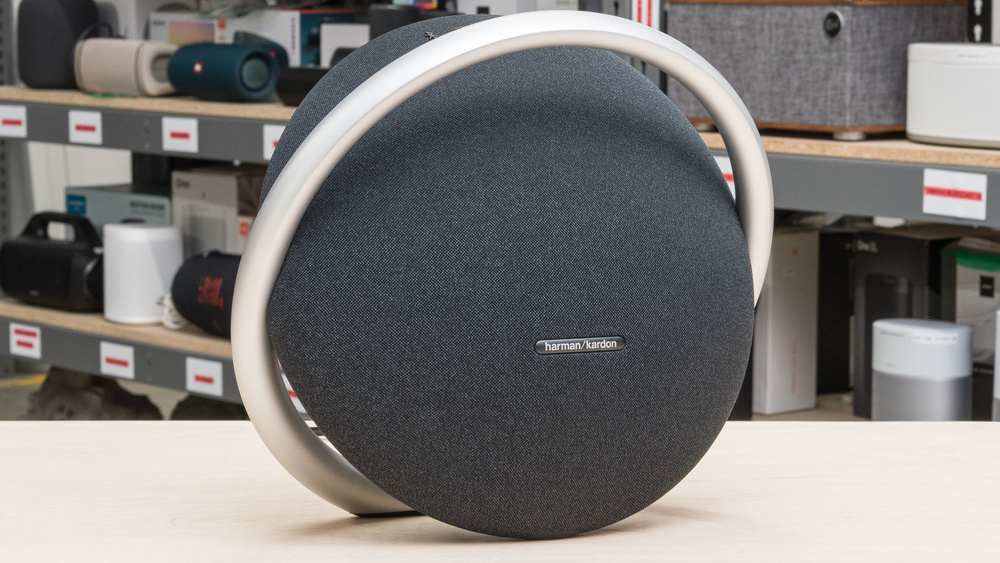 | 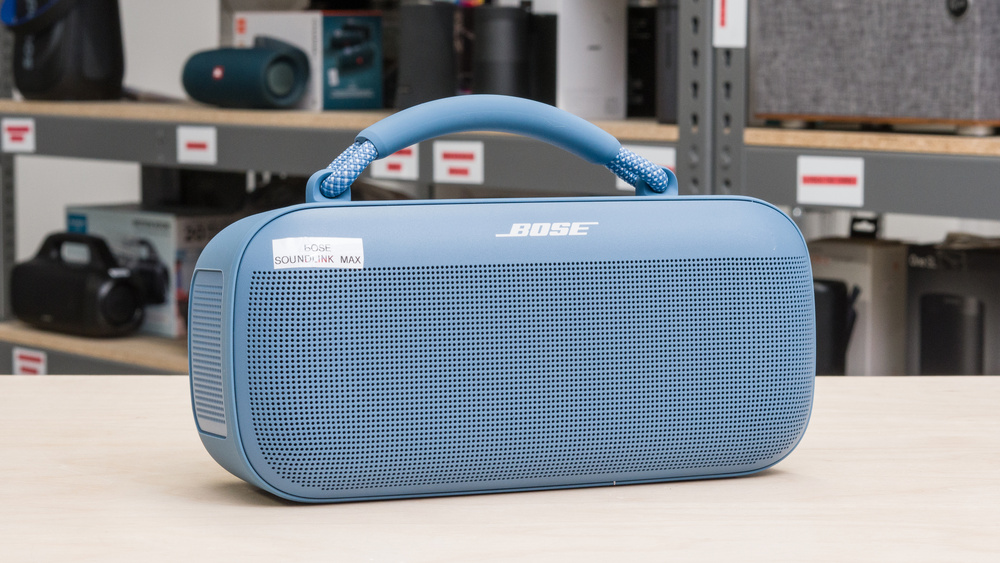 |
Next, we evaluate Build Quality by inspecting the materials and construction. We check for signs of solid craftsmanship or weak points, and assess how durable we think the overall construction is. Our testers have years of experience judging the quality of different materials, so they have a good idea whether the silicone or aluminum used in a design will hold up over time. We'll note whether the speaker has an IP Rating against water or dust ingress, and if it has an impact resistance rating. We want you to have a sense of whether the unit is rugged enough for outdoor or travel use. In the Controls section, we'll note any physical controls on the unit, their purpose, and how intuitive they are to use. We look at the layout, responsiveness, and feedback of physical buttons or touch surfaces, as well as the clarity of any lights or indicators. Finally, the In the Box section lists everything included with the speaker, such as cables, manuals, adapters, or accessories, so you know what to expect straight out of the package.
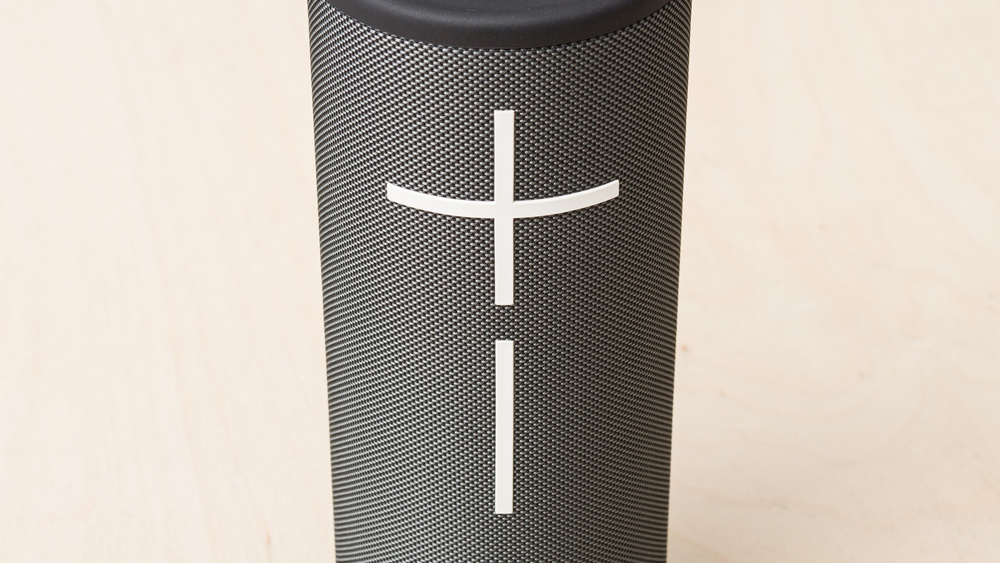 | 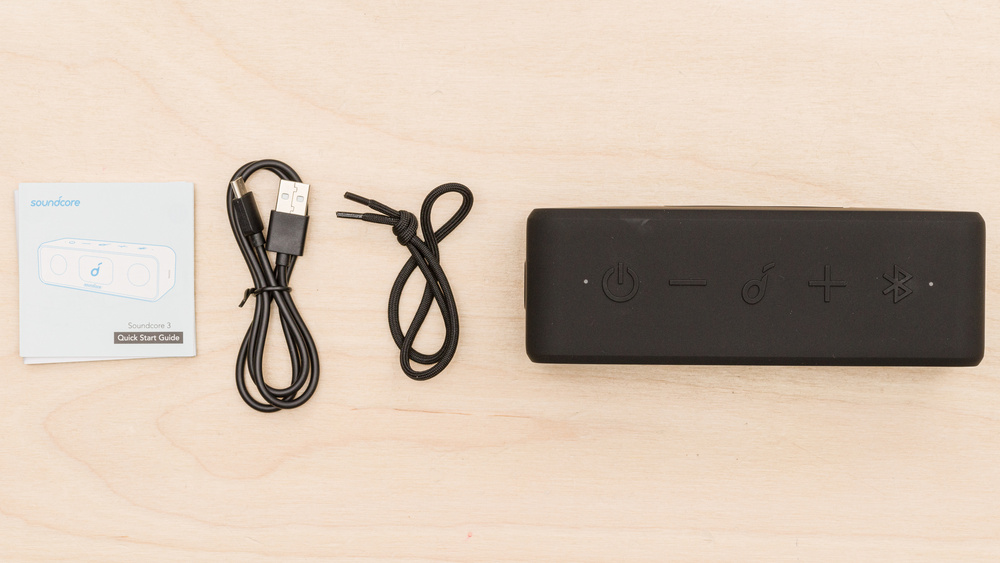 |
Sound
In the sound section, we test the raison d'être of any speaker: audio reproduction. The most important test in this section is Frequency Response Accuracy, which evaluates how well the speaker can reproduce different audio at different frequencies.
To measure a speaker's frequency response accuracy, we place it 1 m (3.3 ft) from a calibrated microphone array in a basic 18' x 16' x 9' room. If possible, we test on battery power; otherwise, we use the AC adapter. We first calibrate the speaker by playing a periodic pink noise sample (band-limited between 250Hz and 2000Hz) through it, adjusting its output volume until the mics measure 76 dB. We then play a full-range stereo pink noise file (20Hz to 20kHz) through the speaker. The mic array captures the results. The test is repeated at 2m (6.6 ft), and we average 32 passes to create the final graph.
This process produces graphs and data that help illustrate the speaker's tonal balance. Some speakers have a very balanced sound, with bass, mid-range, and treble that closely match the target curve. Others are notably bright or bass-heavy. In our reviews, we try to explain the strengths and weaknesses of different frequency response curves. For example, a speaker that can't reproduce much bass but has a very accurate mid-range might be great for listening to podcasts. Similarly, a speaker with loads of bass could be great for getting a party started.
We'll also post the Raw Frequency Response data for more advanced readers who know how to evaluate an in-room frequency response without compensation to our Harman target curve.
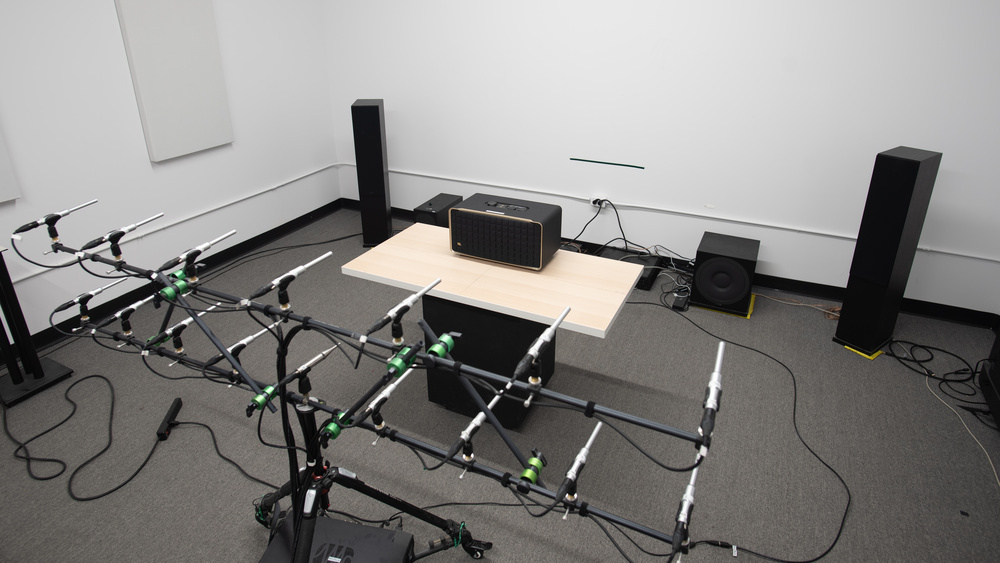 | 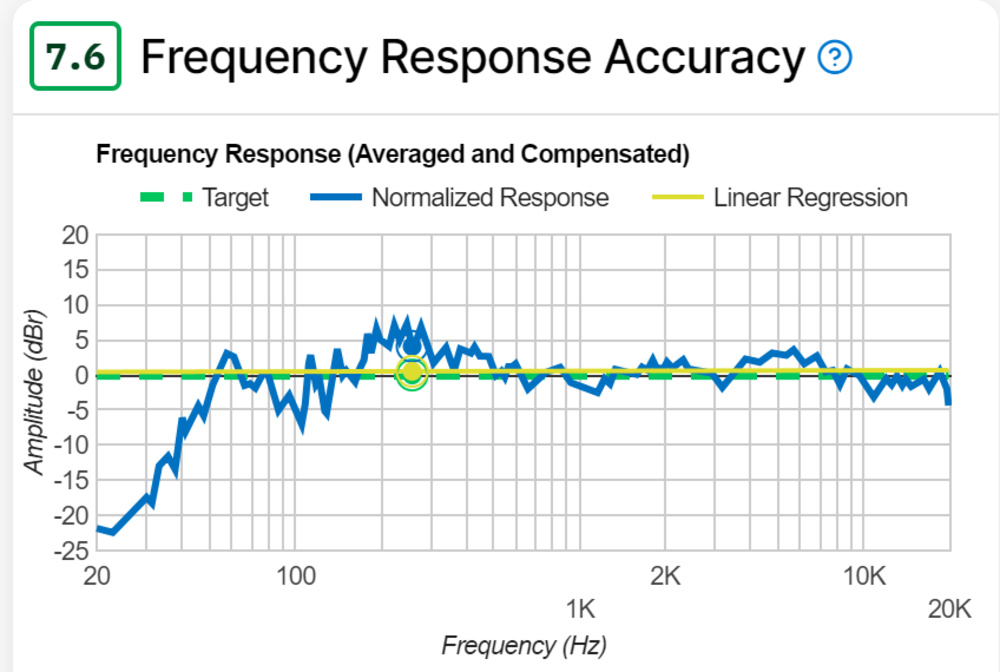 |
Our Soundstage test captures how spacious and immersive the speaker sounds, as well as how directive its sound is. For example, speakers with a 360-degree design sound similar regardless of your listening angle, while forward-facing speakers sound quite different when listened to from behind. In this section, we'll also note whether the speaker can reproduce stereo audio without downmixing it to mono.
To measure a speaker's directivity, we place the speaker on a movable table 1 m (3.3 ft) away from our mic setup. We then play an audio file to measure its frequency response and turn the table to seven angles (0, 30, 60, 90, 120, 150, and 180 degrees) while recording each pass. This gives us graphs showing how the speaker's sound changes when measured from different listening angles.
Finally, we evaluate Dynamics, which measures how loud the speaker can get and how well it maintains clarity and detail at higher volumes. This is especially important if you plan to use the speaker for parties, outdoor listening, or in large rooms. To do this, we compare the speaker's frequency response accuracy at 76 dB with its frequency response accuracy at its maximum volume. Any difference between the graphs shows how your audio changes when played back at the speaker's full volume.
Active Features
In this section of the review, we examine how long the speaker's Battery (if it has one) lasts on a single charge while playing back audio continuously. We calibrate the level to 80 dB measured from 1 m (3.3 ft) away, then time how long the speaker keeps playing audio. We also check how long it takes to recharge the battery and whether the speaker has any power-saving features.
If the speaker includes smart functionality, we test its Voice Assistant performance. We assess how accurately it responds to voice commands, how well it picks up your voice from a distance or in noisy environments, and which voice assistant platforms are supported (like Google Assistant, Alexa, or Siri).
To measure how well a speaker's microphone responds to commands at different distances, we play back recorded voice prompts through an M-Audio BX5 monitor placed 1 m (3.3 ft) from the speaker. If the speaker correctly responds to the command, we repeat this process 2, 3, and 4m away from the speaker. To measure how well the speaker separates your voice from any noise around you, we play ambient noise through a BX8 monitor placed 4m (13.1 ft) away from the speaker. We then repeat the process of playing voice commands through the BX5 at 1, 2, 3, and 4m from the speaker.
If the speaker has a companion App, we test it and examine what (if any) additional features it adds, such as support for pairing the speaker with other units or the ability to customize the speaker's sound via EQ.
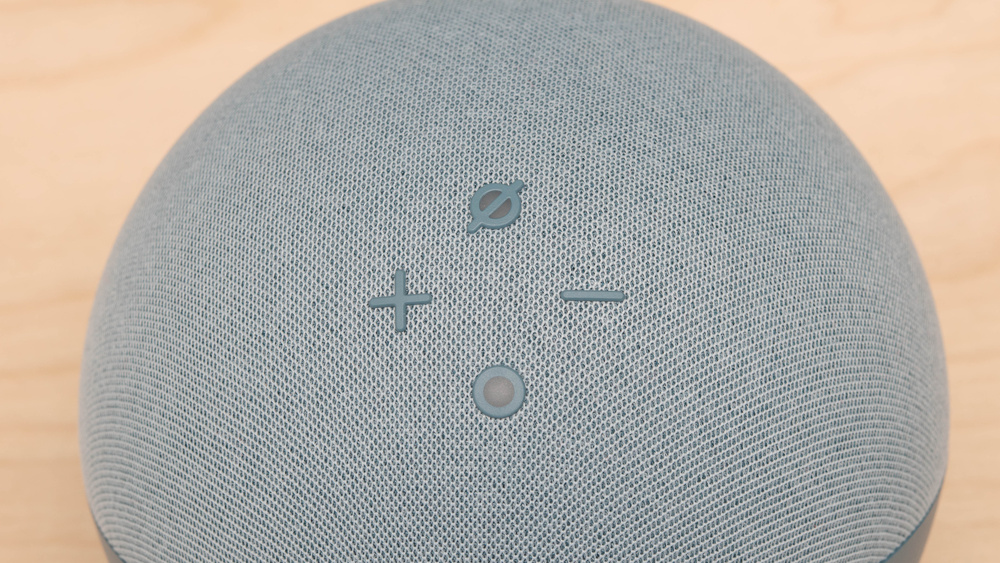 | 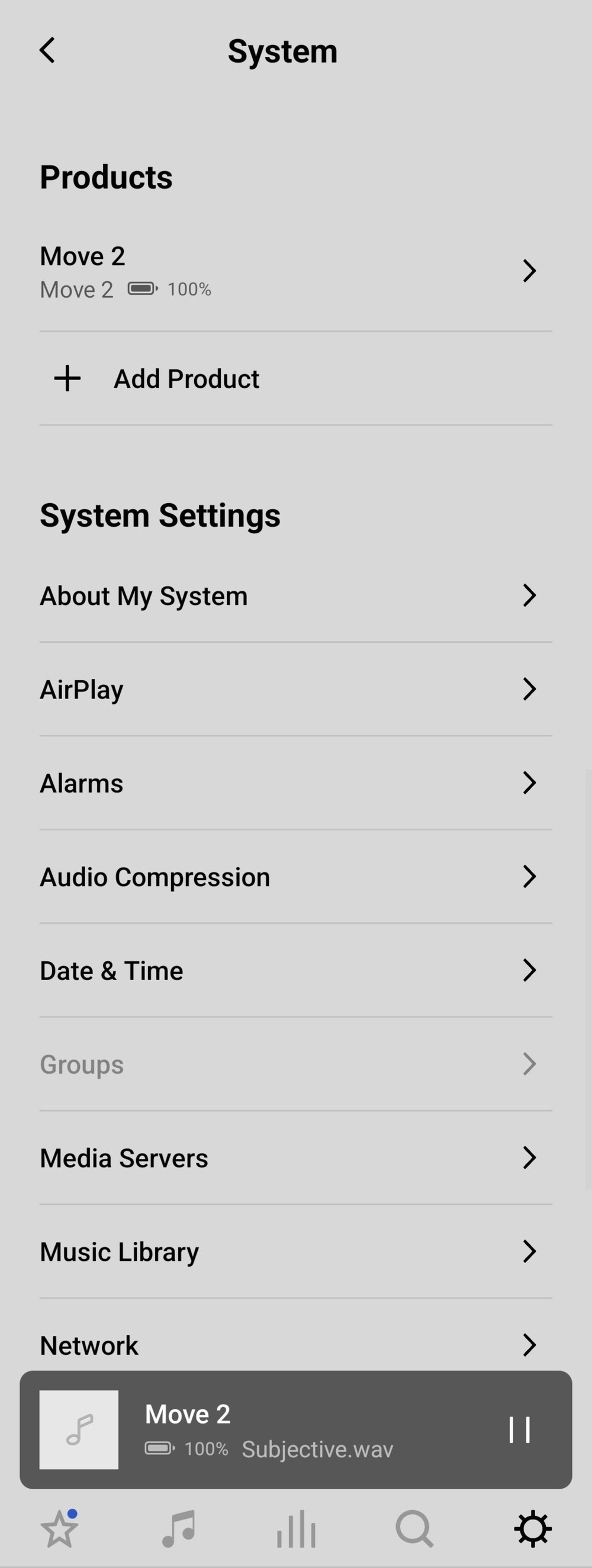 |
Connectivity
In the final section of the review, we test the speaker's various connectivity options. Wired connectivity covers the physical inputs available, such as 3.5 mm AUX and USB ports, as well as any other, more unusual ports, such as a mic or guitar inputs on a karaoke speaker. We'll check which formats are supported, how easy it is to switch between inputs, and whether the speaker can charge and play audio via the same cable.
In the Bluetooth section, we'll list the speaker's Bluetooth version, its range, and whether it supports multi-device pairing. We'll evaluate how easy it is to pair the speaker and whether there are any issues during playback. We also test Bluetooth latency with both iOS (using an iPhone 11) and Android (using a Samsung Galaxy S10e), as high latency can cause lip-sync issues. To do so, we connect the phone to the speaker before filming a YouTube latency test video using an iPhone 7 in slow motion. By comparing the visual cue to the audio tick in the recording, we can calculate the delay in milliseconds.
We test Bluetooth range in a large underground garage by connecting each phone to the speaker and playing a looping track. We walk away from the phone holding the speaker and measure the distance where the audio starts breaking up.
Finally, the Wi-Fi box lists the technical details of the speaker's support for Wi-Fi, such as version and frequency band. We also test whether the speaker supports streaming via AirPlay and Chromecast and what the latency for those services is. We measure the latency using the same process we do when measuring Bluetooth latency, only we connect the iPhone 11 and Samsung Galaxy S10e to the speaker via Wi-Fi and not Bluetooth.
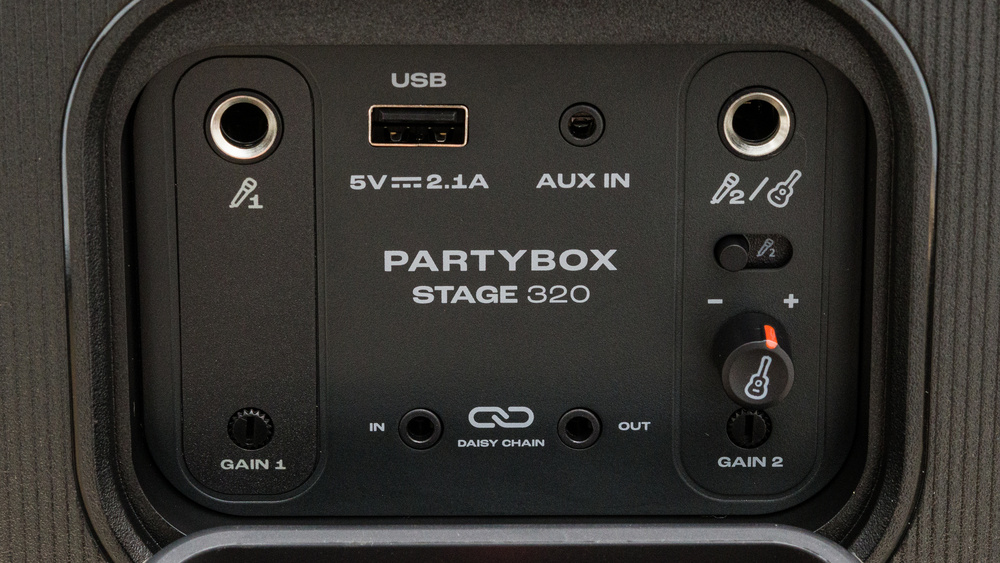
Writing
Once our knowledgeable testers complete their work, our expert writers translate the data into clear, accessible language to help you understand how each speaker performs in the real world. Of course, they can't do this without the help of our team of extremely capable editors.
A writer will first validate the test results, combing through them for any details that may have been missed and checking to confirm that any surprising results are correct. Our writers compare our results to those obtained by other reviewers as well as the general public. We'll also compare them to similar products and manufacturer spec sheets. This extra research helps to ensure that we notice anomalous or unexpected results. Products exist in a market context, and all our writers are well up to speed with the latest releases in their areas of expertise. At this point, if a writer notices a potential issue, it's not uncommon for speakers to go through additional testing. We'll go above and beyond our standard methodology if we believe we can add useful value to our readers. Once we're satisfied we have the right data, the raw results go out early to our Insiders while the writer finishes the final review.
Our testers and writers always work closely together to ensure a common understanding is reached. Every review is written by a member of our audio team who understands the testing process and has deep knowledge of audio and the market for audio playback devices. We like to understand the speaker's place in the market and ensure it's compared to other relevant products. Every speaker review's text is double-checked by the tester who was responsible for the product and a second writer from the audio team. It's important that the text and data align and that the key features of the speaker have all been appropriately documented.
Finally, the review heads over to our team of editors, who make sure the text is as good as it can be and is ready for the big time. As you can tell, the process for every review is fairly exhaustive, but the standardized structure and extra attention to detail make it easier for you to figure out which speaker is right for you.
Recommendations
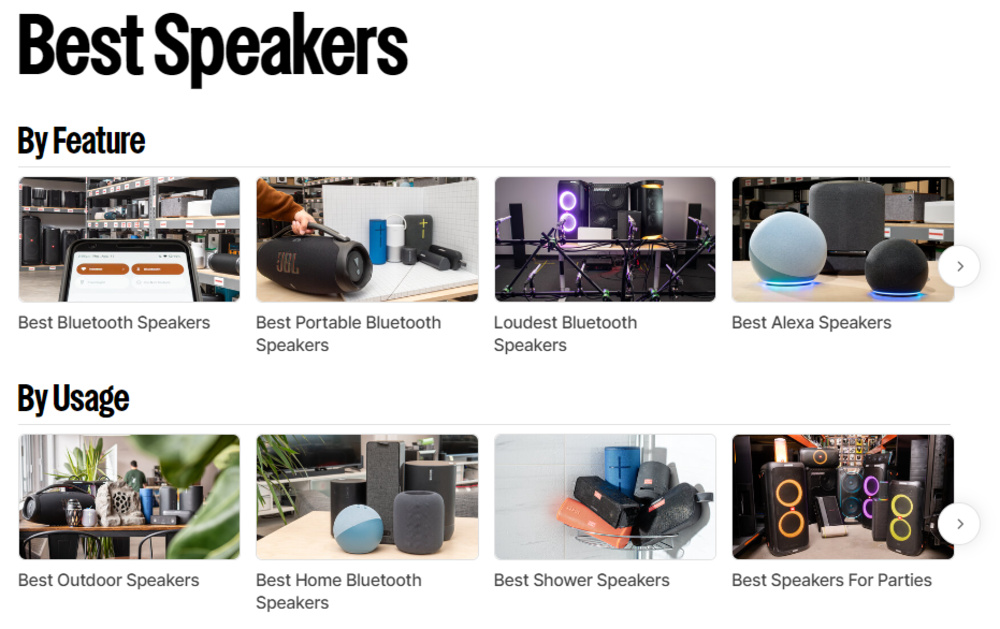
Our recommendation articles are influenced by our reviews and test results, but we consider more than just data when making recommendations. We recommend general-use speakers, as well as speakers with more specific usages, such as the Best Golf Speakers. Price and availability are important, as are more subjective criteria like user experience, customer service, and feedback from our users. Our recommendation articles are designed to serve a broad range of people in the market for a new speaker. They're not a definitive ranking (you can use our table tool to rank speakers by whatever criteria you choose), but guides that serve as an approachable starting point. For some people, that starting point is all they need to make an informed decision. For others, our recommendations simply point them in the direction of the tests and data they want to look further into.
We like to think about what we'd recommend to a non-audiophile friend looking for a speaker. Of course, our rigorous testing process ensures each pick is backed by thorough data, so we feel confident detailing what you can expect with each suggestion. We also update our recommendations regularly as new products are released, older ones become harder to find, or as our testing results are updated over time.
Retests and Updates
We keep the speakers we test for as long as they're relevant to the market and widely available for purchase. As a result, we can retest them as updates are released or new features are announced. Our testing process is not a simple 'one and done' procedure. Just as you live with your purchases, so do we. We're always interested when our readers share their experiences with a speaker, especially when it diverges from our results.
If something meaningful comes up—like a firmware revision or new compatibility concern—we investigate and update our review accordingly. This helps ensure that the information you're relying on is current and reflects how the product performs today. In some cases, we'll also run retests to see if the results have changed. Of course, any new results go through a similar validation process between the testers and writers. We always clearly indicate what's changed in a review, and why, so you always know how fresh the data is. We want our reviews to be valuable long after they're first published.
Videos and Further Reading
In addition to our written reviews, we produce video content at our dedicated RTINGS.com Audio YouTube channel.
If you want to better understand our testing process, check out our deeper technical explainers and methodology articles, which include detailed guides on topics like IP Ratings.
If you have any questions, feedback, or suggestions, you can contact us in the comments sections, the forums, on Discord, or by email feedback@rtings.com.